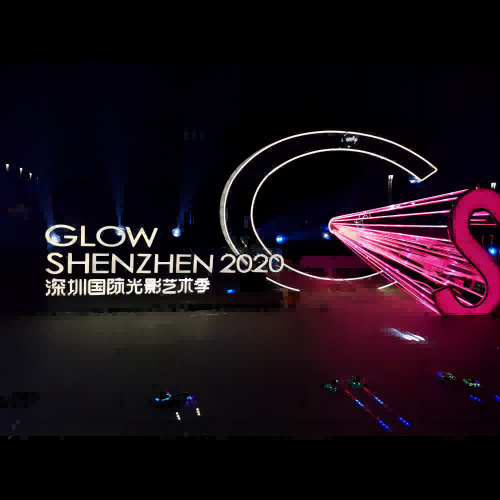Welcome to Huizhou CXH Culture & Creative Fabrication Co., Ltd.
Artistic installations have a wide range of uses. They are not only an art form, but also a creative expression that can profoundly affect the space, environment and the audience's emotional experience.
1. Display and expression
Art creation and display: Artistic installations are an important medium for artists to express themselves, convey ideas and emotions. Through spatial layout, material application, light and shadow effects and other means, artists can create works with visual impact and profound connotations for the audience to appreciate and interpret.
Theme and concept communication: Artistic installations often revolve around specific themes or concepts, and convey the artist's thoughts and views to the audience through the form and content of the work. This way of communication is often more intuitive and vivid than traditional works of art.
2. Space transformation and beautification
Spatial layout and decoration: Artistic installations can be cleverly integrated into various spatial environments, and through their unique shapes and colors, they can change the atmosphere and visual effects of the space. In commercial spaces, public spaces or private residences, art installations can play a role in beautifying the environment and improving the style.
Integration of cultural artistic conception: Artistic installations can also combine elements such as regional culture and historical background to create spaces with specific cultural atmosphere and artistic conception. This kind of space can not only meet people's aesthetic needs, but also trigger the audience's emotional resonance and thinking.
3. Commercial promotion and brand building
Product display and brand promotion: In commercial activities, artistic installations are often used as a means of product display and brand promotion. Through creative art installations, companies can attract consumers' attention and enhance brand image and product value.
Event planning and interactive experience: Artistic installations can also serve as an important part of event planning, providing audiences with a unique interactive experience. By participating in art installation activities, the audience can have a deeper understanding of the cultural connotation and creative ideas of the brand or product.
4. Education and popular science
Knowledge dissemination and popular science education: Artistic installations can also be used for knowledge dissemination and popular science education in the fields of science, culture, history, etc. Through artistic forms of expression, complex concepts and theories can become more intuitive and easy to understand, thereby attracting more people to pay attention and learn.
